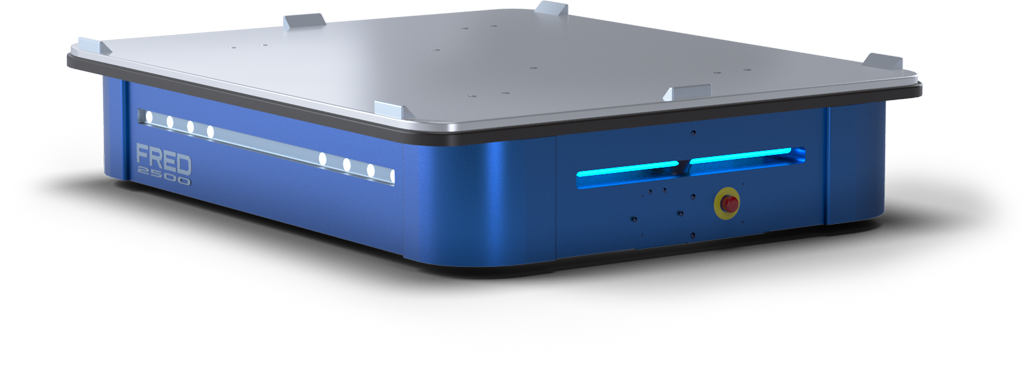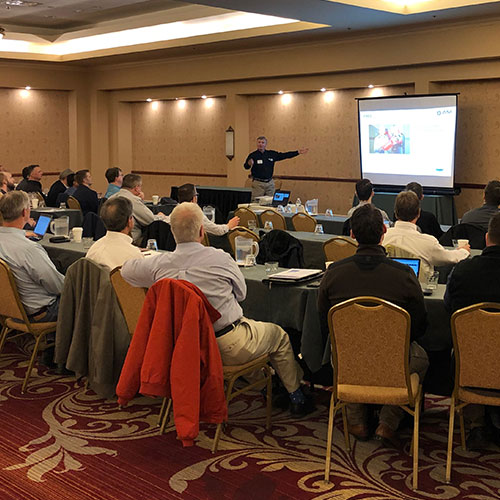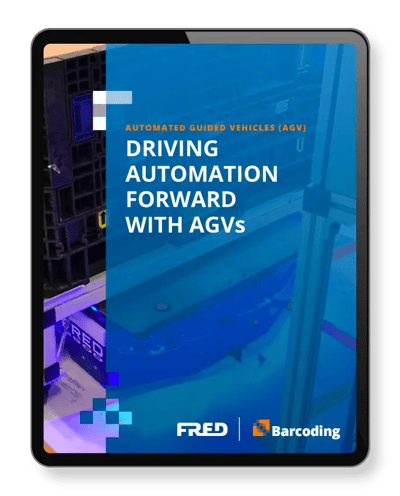ASI Technologies, Inc. was one of five manufacturers selected to join more than 75 attendees at the March 19th Advanced Manufacturing Technologies Show in Allentown, hosted by the Manufacturers Resource Center.
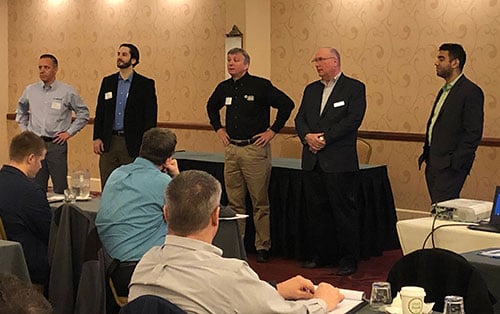
The event brought together manufacturers from across the region to learn about the opportunities and challenges associated with Industry 4.0, and ASI was there with some heavy hitters in the advanced manufacturing world. Rockwell Automation, collaborative robot (“cobot”) integrator Onexia, additive manufacturing and rapid prototyping house ProtoCAM, and VR developer ImmersiveXR rounded out the technology presenters on hand.
The digitization of manufacturing made possible by the Internet of Things (IoT) promises to be the next great disruption in manufacturing, and the turnout at the event was proof that companies see the shift as a net positive. In fact, many are eager to reap the benefits these technologies have to offer.
The Department of Defense is also paying close attention to developments in the IoT; the DoD has already invested heavily to support U.S.-based manufacturers in order to improve their competitiveness on a global scale. With any luck, they hope to offset some of our reliance on offshore manufacturing resources.
Lean manufacturing is a key component of the DoD-funded support, and FRED 2500, ASI’s automated material handling vehicle, is ready to shoulder—literally—its part of the burden. Automating the simple/mundane/dangerous tasks associated with moving product, components, or anything from one place to another is what FRED is all about, and this is more of a game-changer than it might appear at first glance.
For years, Lean has stressed the need to make product travel paths as short possible. As long as that transportation relied on people to do the moving, this made perfect sense. As a result, factory layouts were based on this assumption. When that’s no longer the case, though, equipment can be in very different, more production-oriented locations. The distance between production cells all but ceases to be a factor.
The list of potential gains doesn’t end there. Increased production and improved safety are also key considerations, and FRED 2500 checks both boxes, removing much of the human element from those tasks that people are happy to delegate to a mechanical coworker.
Whether it’s moving a skid or pallet load from one place to another, especially if that item is a potential hazard, doing the job autonomously is preferred. This is where FRED shines. It safely runs the route all day, every day, without complaint or even the need for breaks.
As for safety, the growing popularity of “forklift-free” areas in many warehouses is an indication of a desire to shift from human-operated vehicles.
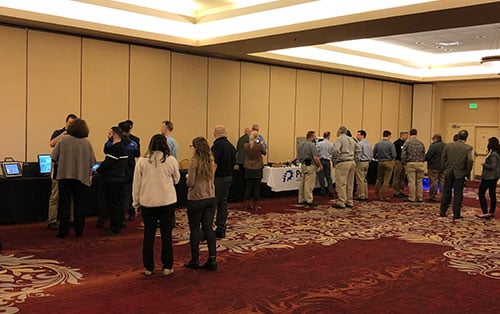 “In the history of collisions between forklifts and people, people generally lose,” says ASI CTO John Cross, who represented the company at the Allentown event. “People are notoriously imprecise, so you need a lot more room for safety. An aisle must be much wider for a forklift than for FRED, who only needs about four inches on either side. Safety lasers guiding its movement mean more efficient space usage and increased profitability for the same warehouse area.”
“In the history of collisions between forklifts and people, people generally lose,” says ASI CTO John Cross, who represented the company at the Allentown event. “People are notoriously imprecise, so you need a lot more room for safety. An aisle must be much wider for a forklift than for FRED, who only needs about four inches on either side. Safety lasers guiding its movement mean more efficient space usage and increased profitability for the same warehouse area.”
Employee retention is another vital factor, especially in a region that has seen the labor shortages common to the Lehigh Valley, not to mention other areas of the country. We’ve all seen the way this plays out—when an employee demonstrates a level of competence, they tend to rise through the ranks to positions that deliver more value. If those employees stay put doing tasks like the ones FRED excels at, they are not using their full potential. The next stop? Boredom. And if their only reward is financial, you risk losing a valuable employee the next time someone offers them a higher wage.
For many small and medium-sized manufacturers, though, the trouble lies not in understanding the benefits, but in just getting started. These companies stand to gain a great deal from advanced manufacturing technologies, yet many struggle with the best ways to integrate them into their processes and operations.
That’s another area where FRED can help.
“Trying to automate 100% of any process is truly daunting,” says Cross. “When an automation effort is too complicated, it’s far less likely to be completed. FRED offers a simple way to begin that journey, and people really respond to it. It’s a chance for smaller companies to take the plunge and see what kinds of value-added operations are possible.”
